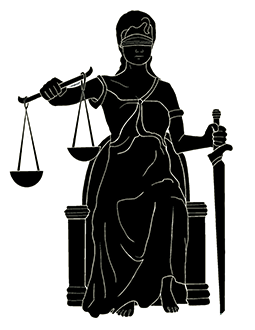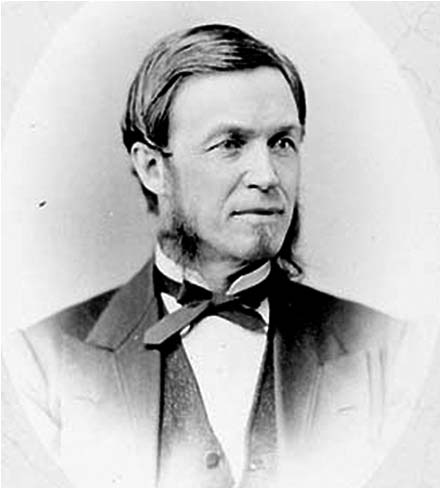
M.C. Cameron
(1822 – 1887)
He is tall, thin and charmingly persuasive (particularly with juries). He has a prosthetic leg, the result of a childhood hunting accident. Professionally, M.C. Cameron is known for his integrity and his unstinting dedication to the cause of his clients. He will dig into a case until he finds the critical evidence that will sway a judge and jury. Personally, he is known as a gentleman; empathetic and magnanimous. He is married and his domestic life is warm and stable until the untimely death of his wife Charlie. Politically, he is successful, being elected municipally, provincially, and federally and ultimately becoming the leader of his party. For the oppressed, dispossessed, and vulnerable there is no better champion to save them from being crushed by the Victorian legal system.
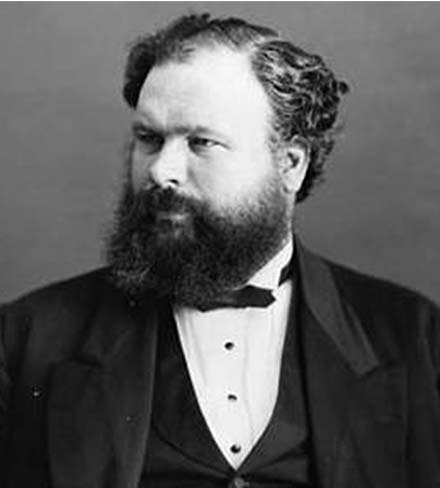
Robert Harrison
(1933 – 1878)
He is short, burly, and brilliant. In the courtroom he is cold, calculating, and successful; a bully; more focused on winning than seeing that justice is done. He enforces the law at all costs. He has close political connections and is frequently retained by the government to take on the most prominent cases. Harrison is vain, snobby, and proudly exudes a haughty air. Although it is vitally important to Harrison that proper Victorian social appearances are maintained, his own personal life lurches from crisis to crisis; his father is an alcoholic and his sister is caught in an adultery scandal. Harrison’s first wife dies and his second wife, Johanna, is spoiled, bossy and a cruel step-mother to his daughter from his first marriage.
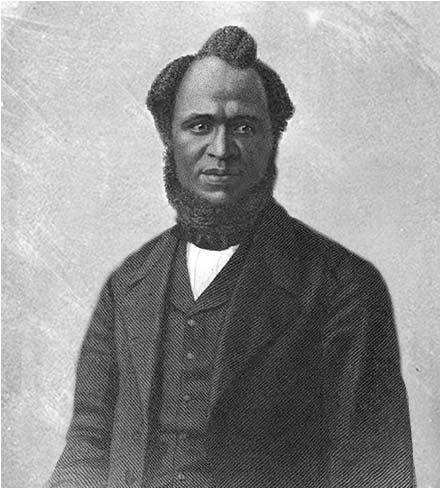
John Anderson
1853 – ???
According to the reward poster circulated in Missouri in September 1853, John Anderson was 23 years of age, 5 feet 9 inches tall, with one shoulder a little lower than the other. In the course of his escape from slavery Anderson killed a white man who was trying to capture him, setting off one of most intensive man-hunts in Missouri history. Anderson successfully escaped to Canada, learned to read and write and became a trained stone mason. After a peaceful 7 year hiatus in Canada, he is pursued by slave catchers, incarcerated and is at risk of extradition to Missouri to stand trial for murder. The Anderson case is an international cause célèbre. The United States is on the brink of civil war, slaveholders demand his extradition, and abolitionists demand his release. Anderson, ostensibly a free man while on British soil, is compelled to navigate life as a fugitive, a prisoner and, ultimately, a defendant in multiple extradition hearings.
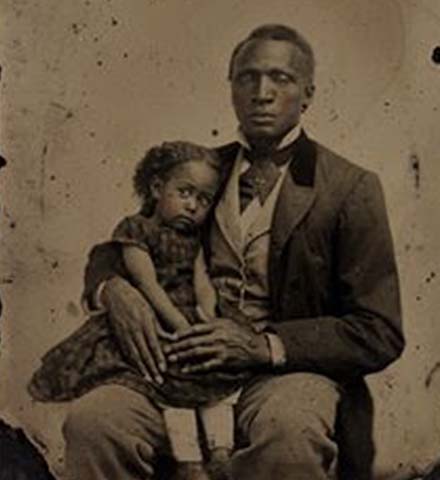
The Hubbard Family
The Hubbard family is an upwardly mobile black family living in Victorian Toronto. Lavinia Hubbard is a no-nonsense mother who owns and operates a successful business as a seamstress to the Toronto elite. Her husband, Mosley, is an important cog in the printing room operation of The Globe newspaper run by the abolitionist George Brown. Their son, William, is a delivery boy for the local telegraph company. Each member of the family is uniquely positioned to learn the news of the day before it is publicly available. Each of them is able to take effective action to protect and promote the interests of the local black community. When John Anderson’s life hangs in the balance, to be determined by the outcome of his extradition hearing, each member of the Hubbard family applies pressure to the levers of power to assist in achieving Anderson’s release.
